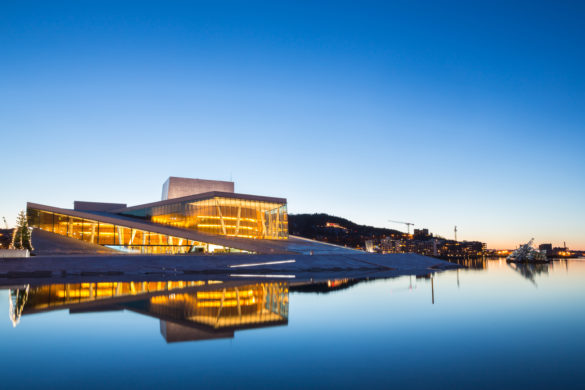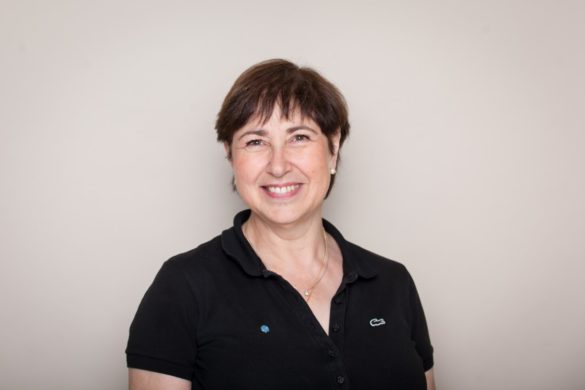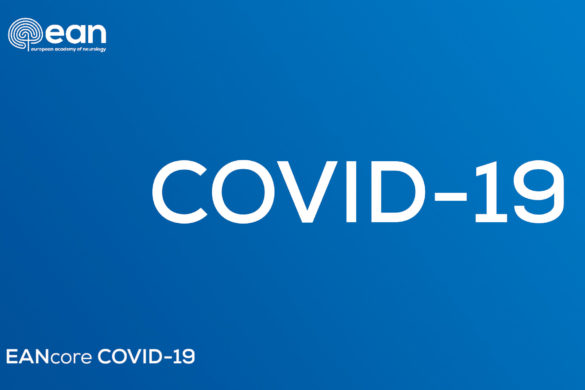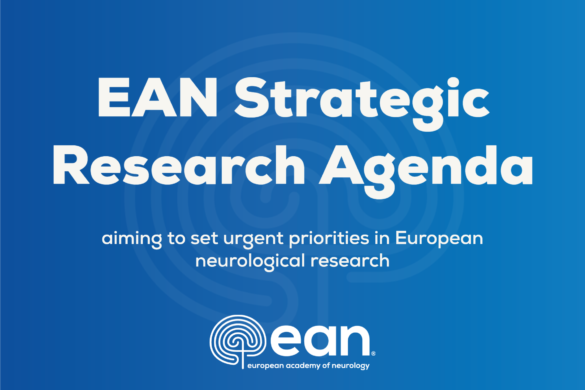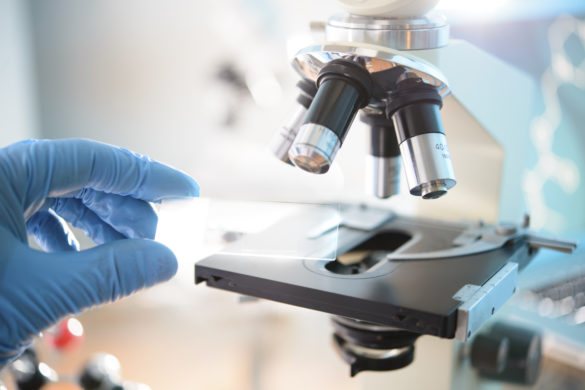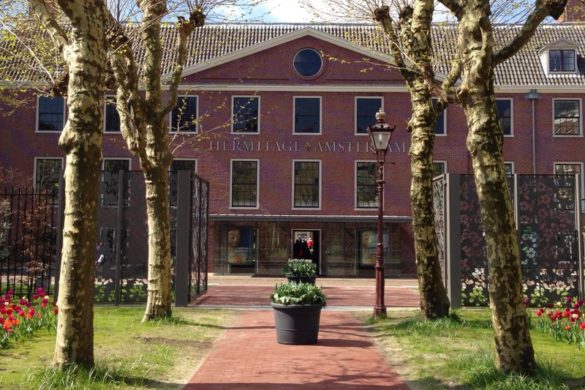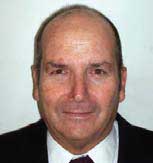 Prof. Meir Bialer
Prof. Meir Bialer
Chair,
International League Against Epilepsy (ILAE) -Commission on European Affairs (CEA)
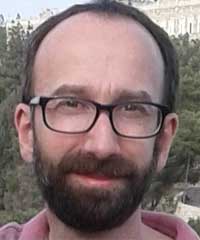 Prof. Sandor Beniczky
Prof. Sandor Beniczky
Liaison for communications,
International League Against Epilepsy (ILAE) -Commission on European Affairs (CEA)
Interview by Prof. David B. Vodušek
DV: The International League Against Epilepsy (ILAE) structure is quite different from the EAN one, as it works with national ILAE chapters worldwide. Can you please illustrate to the EANpages readers how do the ILAE structures work with these national chapters? And how is the relationship between ILAE-CEA and ILAE?
ILAE comprises the national epilepsy societies (chapters). There are six regional commissions within ILAE and the Commission on European Affairs (CEA) is the largest, with 46 chapters belonging to the CEA. All ILAE officers are elected every four years. Subsequent to the election of the CEA chair there is the election of five CEA members by the European chapters. In addition, two members are nominated by the new ILAE President. There is a continuous dialogue between the CEA, its various taskforces and both the national chapters and the Executive Committee. European Chapter Conventions are organized yearly by either the International Epilepsy Congress (IEC) and the European Congress on Epileptology (ECE).
DV: ILAE unifies all health professionals related to the epilepsy field. How is this mirrored in its structures and activities?
A multidisciplinary approach is very important for improving the care of patients with epilepsy. Several specialties and sub-specialties are represented in regional commissions, topic-oriented commissions and taskforces, and this multidisciplinary approach is also reflected in the ILAE documents and the educational activities. A special emphasis is given to collaboration with patients´ organizations, mainly with the ILAE sister organization, the International Bureau for Epilepsy (IBE), and its European regional commission.
DV: According to the ILAE-CEA webpage, the work of the Committee that you chair complies with the ILAE directives. Can you briefly explain this procedure?
The CEA is an integral part of the ILAE. The chair of the CEA is member of the ILAE-Executive Committee. The CEA has a financial self-sufficiency, yet the annual budget is also approved by the ILAE-Executive Committee. All documents developed by CEA taskforces are approved by the Executive Committee before publication. In addition, we have a taskforce for Harmonization of Regulatory Activities.
DV: Improving the lives of those living with neurological disorders is one of the EAN’s main objectives. Can you illustrate the main aims of the EC funded “European Study on the Burden and Care of Epilepsy (ESBACE)” towards a better care of those affected by epilepsy?
The main objective of the ESBACE is to facilitate the development of high-quality epilepsy care at all stages of the disease, equitable across EU countries. ESBACE will provide data on the burden of epilepsy and on current provision and organization of care in the EU member states. It will provide data on the prevalence and the costs of epilepsy as well as the social stigma, and the organization of health-care services for patients with epilepsy. The ESBACE will disseminate to health care providers and decision-makers’ information on the burden of epilepsy in Europe, deficiencies as well as examples of good-quality care.
DV: The EAN works towards improving cooperation with sub-specialty related societies. The ILAE-CEA is an obvious candidate for such cooperation. How would you and the ILAE-CEA see a reciprocally structured cooperation?
We consider the cooperation with EAN as a high priority. To facilitate it, we have established a joint CEA-EAN working group and will have a joint EAN-CEA symposium in every EAN Congress and ECE starting from 2016. We see the great potential to develop European guidelines for diagnosis and care of patients with epilepsy, and joint educational activities. We are looking forward to a fruitful and continuous cooperation with the EAN.
DV: Prof. Bialer, Prof. Beniczky I thank you for this very informative interview and wish you and ILAE – CEA further success.
Prof. David B. Vodušek, Chair, EAN Liaison Committee




